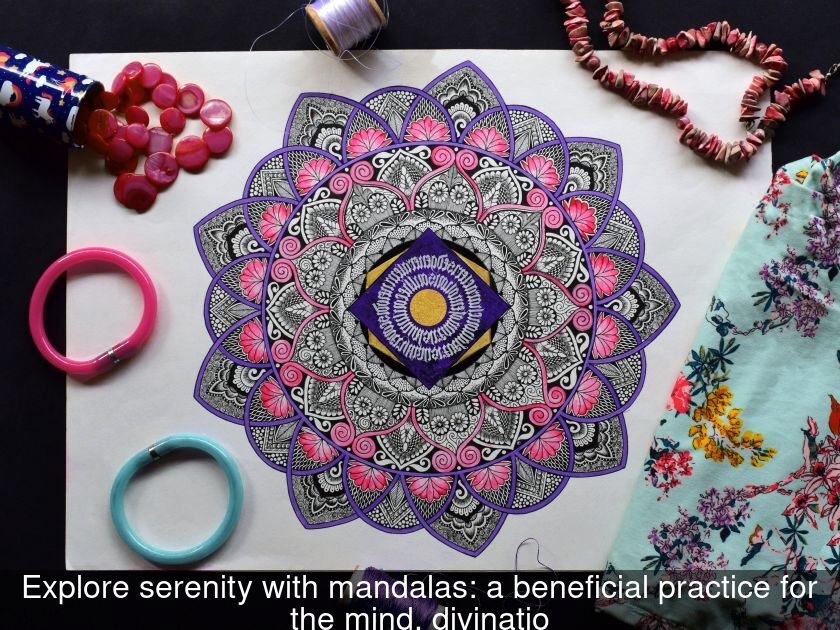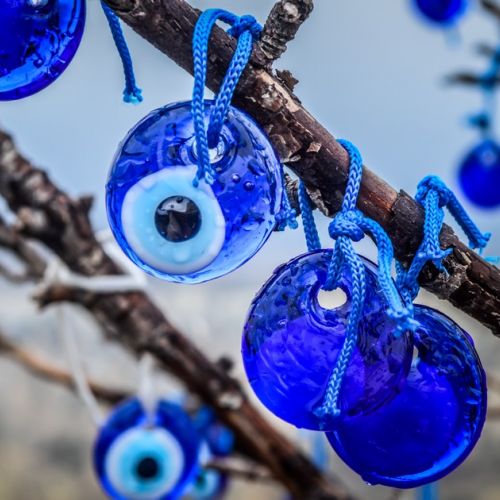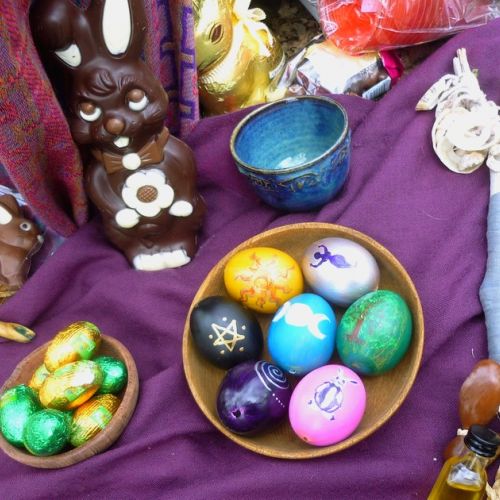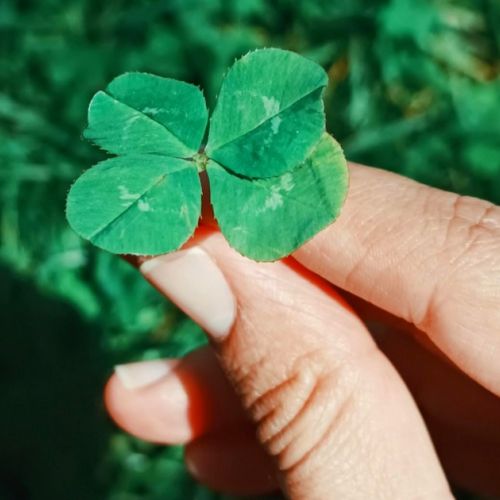Explore Serenity With Mandalas: A Beneficial Practice For The Mind.
In a world that constantly demands rigor, organization, logic, and rationality from us, detaching oneself from these constraints to fill this drawing with colors, intention, and consciousness feels good. It is increasingly practiced in the Western world today, but what is it all about?
What are mandalas?
This is a circular drawing containing geometric symbols inside, full of small details, creating a harmonious and hypnotic shape. Traditionally in Hindu and Buddhist cultures, this shape was drawn in the sand or with colored powders, in both cases it would be erased by rain and wind and served perfectly for the present moment's need. Nowadays, it is more often found on coloring paper.
The origin of the mandala.
The word "mandala" comes from Sanskrit, the sacred language of India, and means "sacred circle". It represents the universe, the circle of life, the infinite whole. In fact, everything around us is a mandala when we think about it: an atom, the sun, the Earth, the moon, a flower, an eye, etc. This representation is used by Buddhists as a support for meditation towards enlightenment. The mandala represents inner purity and the illumination of the mind for them. It is also thought of as a representation of Nirvana. Among Hindus, the mandala, also called "yantra", serves as a support for prayer and the invocation of deities. In Celtic culture, the mandala also existed and served to represent Nature and its energies, as well as the circle of life itself.
The contemporary mandala
The first to have used this tool as a support was Carl Gustav Jung. He had his patients draw and color mandalas to better understand their psyche. Indeed, the choice of the drawn mandala and the choice of colors used are not insignificant choices because according to Carl Gustav Jung, the mandala would be a reflection of our deep Self. That is why the same mandala drawing can be colored in a completely different way and with different colors by the same person at different times. For Jung, drawing and/or coloring a mandala symbolizes the movement of the psyche towards the spiritual core of the individual, allowing for more balance and inner harmony.
Mandalas and their powers.
Drawing or coloring a mandala allows us to refocus, to focus on external details, colors, and to relax our left brain by forcing it to rest. The mandala helps us reconnect with the divine within ourselves by refocusing on the essential, on our own core. To be convinced of the usefulness of mandalas, it is enough to trust Carl Gustav Jung who said, "It is necessary to give up the utilitarian projects that our conscious mind generates in order to allow our inner being to flourish."
Why do mandalas relax?
They relax because they help with relaxation already through their simple, harmonious, and geometric composition. Watching them is hypnotic and soothing. They allow us to refocus and calm down when we color them because our breathing slows down, our heart rate slows down, and our mind and being turn towards these small drawings and details. Fully focusing on our work, its details, and colors forces the individual to be in a state of mindfulness, a presence that is not often achieved in everyday life when we think about one thing while doing another. Finally, the act of choosing and applying colors to a mandala, its shapes, and details allows our right brain to finally take over, giving the unconscious the opportunity to express its emotions. Allowing our right brain to take control is not something we often have the opportunity to do in our society that values logic and rationality, and where work takes up a lion's share of our daily lives. Therefore, this special moment reserved for expressing our creativity and emotions is so important.
How to choose your mandala?
Just listen to yourself. You need to look at several mandalas and let your intuition, your inner voice speak and not back down. It's the same for choosing colors, their choice must come from the right brain, so from our emotions and our creativity. The key is not to overthink and let yourself be guided.






